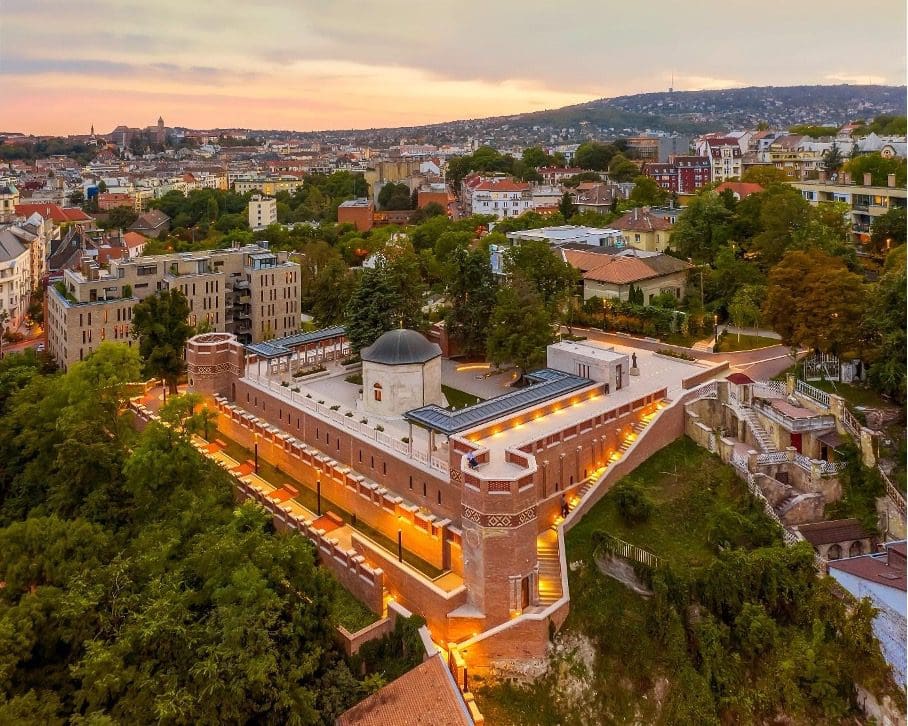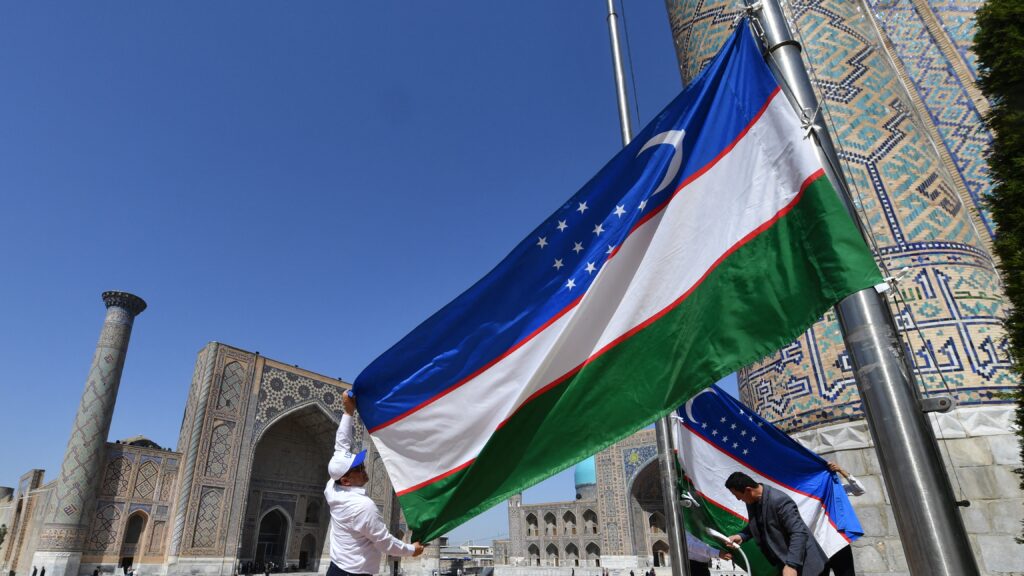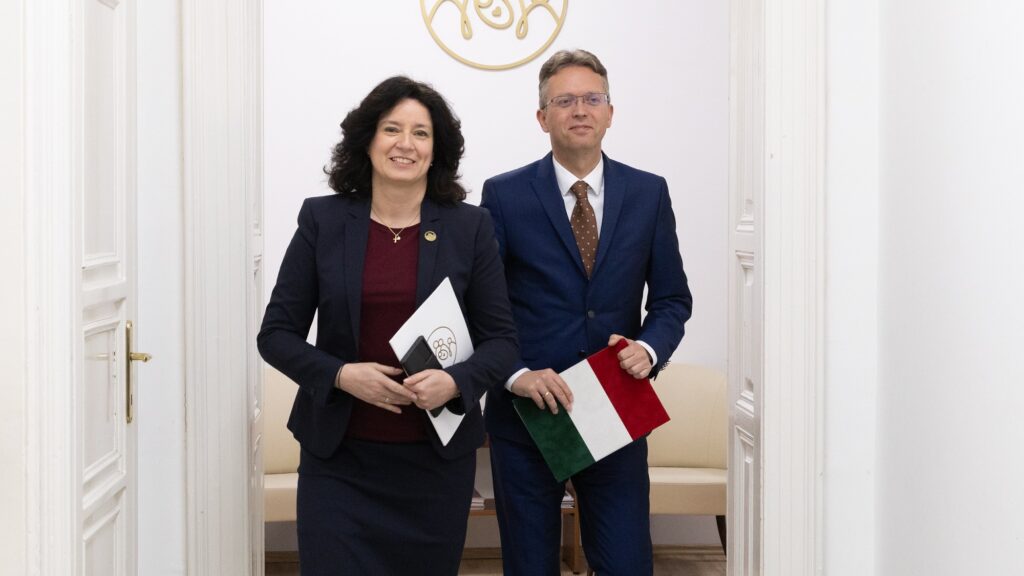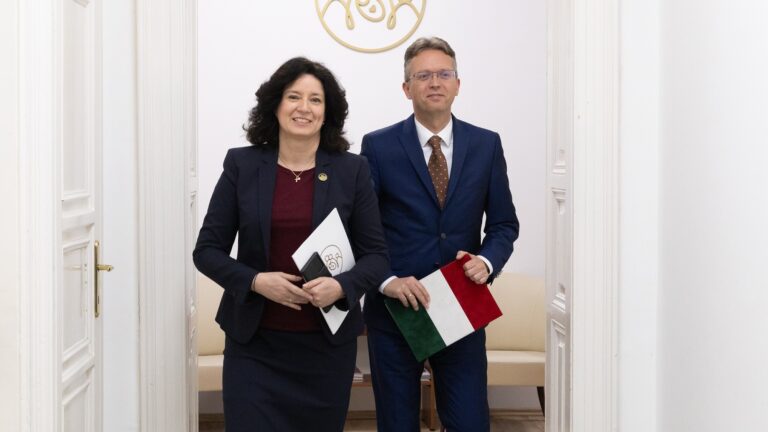From the late 14th century until the Treaty of Passarowitz in 1718 – that which returned the last lost territories of the Hungarian Kingdom – fights between Hungarians and the Ottoman Turkish Empire were constant. Hungary lost two iconic battles against the Ottoman conquerors; one in 1526 at the battlefield of Mohács and another in 1541 when Buda was lost. Subsequently, Hungary was divided into three parts: the Conquered (the centre part of the country, occupied by the Ottomans), the Royal (on the North and West of Hungary, governed by the Habsburgs), and the Transylvanian Principality on the East. Whilst the Treaty of Passarowitz marked the end of Ottoman influence over Hungary, the legacy and heritage of Ottoman Hungary still lingers in modern Hungary today.
The conquerors shaped Hungarian cities and architecture: Christian temples were redesigned as mosques, new minarets and spas were built. Most buildings which were redesigned as mosques – such as the Matthias Church of Buda – lost their Ottoman character under renovations, transforming them back into Christian churches. Newly built mosques were conserved better. For example, the Malkocs Bey Mosque at Siklós (Southern Hungary) was renovated in the 1990s and subsequently won the Europa Nostra prize in 1993. After the Yugoslav Wars, when a small group of Muslims moved into the area, the mosque once again began functioning.[1] At Szigetvár, where Suleiman the Magnificent died and where his organs were buried, there was here a popular Islamic pilgrimage site whose exact location was lost to time. The Sultan’s burial place was rediscovered only in 2013, but now there are plans to build a visitor centre at his tomb.[2] [3] There are mosques and minarets from the Ottoman period at Pécs, Eger and Szigetvár as well.
Most buildings which were redesigned as mosques – such as the Matthias Church of Buda – lost their Ottoman character under renovations, transforming them back into Christian churches
Ottoman spas are probably the best-known architectural heritage of the period. Across the Conquered parts around 40 spas were built in the 150 years of Ottoman occupation.[4] The construction of most of the spas is connected to Szokollu Musztafa (Pasha of Buda in the 16th century) who built over a dozen spas in Hungary.[5] Four Ottoman thermal spas were built in the 1570s in Buda (the Császár, Király, Rác and Rudas spas) ー all of them work even today.[6] The Rudas and the Császár thermal spas were among the largest spas in the whole of the Ottoman Empire and while these spas underwent a series of renovations over the centuries, the traces of the Ottoman architectural heritage are still recognisable in their structure and design.
During the Ottoman times there were around 300 Turkish words used on a daily basis by Hungarians
Ottoman rule in Hungary had an impact on the Hungarian language too. During the Ottoman times there were around 300 Turkish words used on a daily basis by Hungarians. Many of these words were connected to the Ottoman public administration, these words very soon faded out of use after the end of the Ottoman occupation. Today, there are around 70-80 words in the Hungarian language from Ottoman times; half of them are exclusively used in certain Hungarian dialects, whilst only 30-35 are used casually in daily life without reference to historic times.[7] Most of these words are connected to clothing, food, warfare and place names.
A famous example of the Turkish influence on place names is Rózsadomb ー the “Hill of Roses”, District II of Budapest and one of the most expensive residential areas in the country ー which was planted with the roses of Gül Baba. Gül Baba, whose name means “Father of Roses”, was a religious mendicant poet who arrived and died in Buda in 1541 when the city was under Ottoman rule. According to the legends he led the first Friday prayer at Matthias Church of Buda (when the temple was redesigned as a mosque) and he died as he finished his prayer. He was buried on the Rózsadomb, where his tomb and the rose garden around it are preserved to this very day. His mausoleum which was renovated very recently, is the northernmost Islamic pilgrimage place in the world.
[1] ’Általános információk’, Siklós.net, http://www.siklos.net/latnivalok/14-latnivalo/14-malkocs-bej-dzsamija.html, accessed 23 March 2022.
[2] Nándor Zagyi, ‘Szulejmán szultán turbéki sírkomplexumának rekonstrukciója’, Újkor (2020), https://ujkor.hu/content/szulejman-szultan-turbeki-sirkomplexumanak-rekonstrukcioja, accessed 23 March 2022.
[3] ‘A Szulejmán-titok nyomában’, Demokrata (2019), https://demokrata.hu/magyarorszag/a-szulejman-titok-nyomaban-155680/, accessed 23 March 2022.
[4] Balázs Sudár, ‘Kulturális létesítmények a török hódoltságban’, Terebess Ázsia E-Tár https://terebess.hu/keletkultinfo/muemlek.html, accessed 23 March 2022.
[5] ’Oszmán-török építészeti emlékek Magyarországon’, Rodosto, https://rodosto.hu/hu/magyar.html, accessed 23 March 2022.
[6] Adrienn Papp, ‘Oszmán-török fürdők Budán – A Rudas és Rác fürdő régészeti kutatása (2004–2006)’, https://bit.ly/3IAjft8, accessed 23 March 2022, 1.
[7] Zsuzsa Kakuk, ‘Török kultúrhatás a jövevényszavaink tükrében’, Európai Folklór Központért Egyesület (2017), http://eurfolk.hu/wp-content/uploads/2017/06/Torok-orokseg.pdf#page=211, accessed 23 March 2022, 45.








